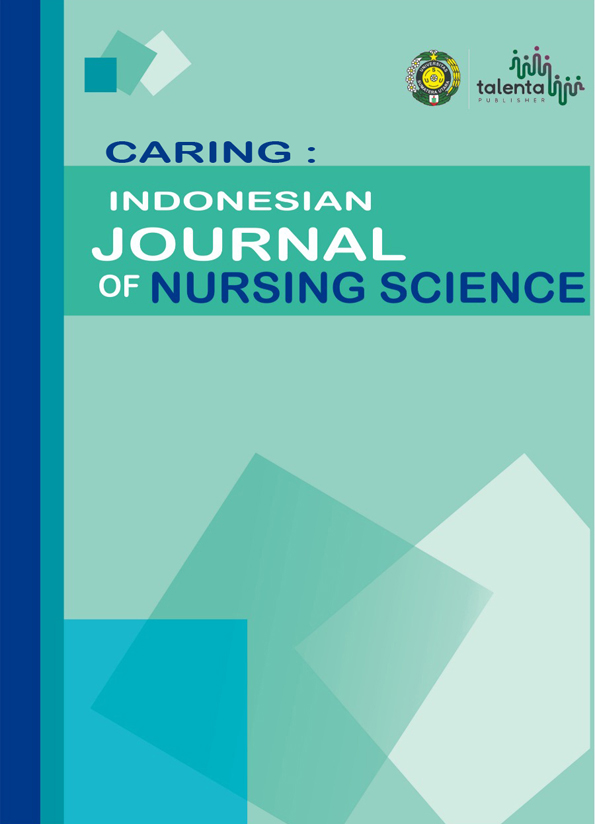A Prospective Study On Pathology Distribution Of Dizziness Patients In Neuro-Otology Department At National Hospital For Neurology & Neurosurgery, Queen Square, London
DOI:
https://doi.org/10.32734/ijns.v2i1.4169Keywords:
Modified vertigo symptom scale, pathology, vertigo symptom scale, vestibular disorderedAbstract
Abstract. “Dizziness†is a general term [1] and covers a variety of ‘abnormal sensations relating to perception of the body’s relationship to space’ [2]. According to the previous paper, Drachman and Hart [3] dizziness can be divided into four subtypes: vertigo, presyncope lightheadedness, disequilibrium, and other dizziness. Among all these subtypes, vertigo is one of the most commonly reported symptoms by the vestibular disordered patient nowadays [1]. Globally dizziness is one of ‘the common, chronic and untreated symptoms’ among the population in the age range of 18-65 years old. [4]. aims: To assess the pathology distribution among dizziness patients in NHNH. Method: All 97 patients were selected from an age range of 18-75 years, with a mean age of 47.92 (S.D=13.17). Method: All 97 patients were selected from an age range of 18-75 years, with a mean age of 47.92 (S.D=13.17). They were asked to fill in the VSS and MVSS questionnaires. Results: We were able to invite all 109 patients to participate our study within the 39 days (13 November – 21 December 2007) that’s attended the Neuro-otology clinic, NHNN. Conclusion: In this study it has been found that women commonly presented with the dizziness symptoms compared to men.
Keyword: modified vertigo symptom scale, pathology, vertigo symptom scale, vestibular disordered








